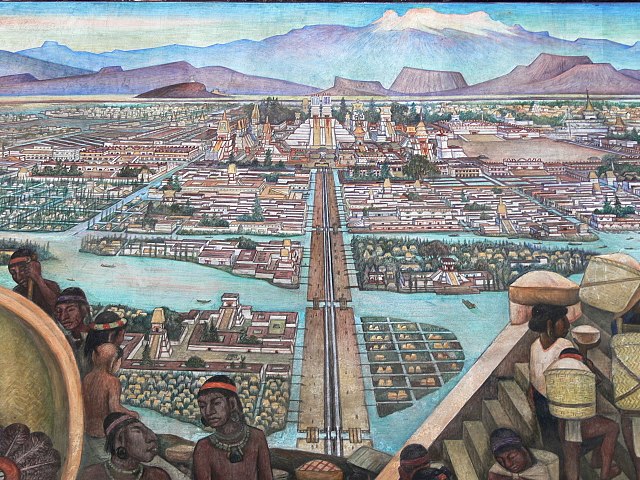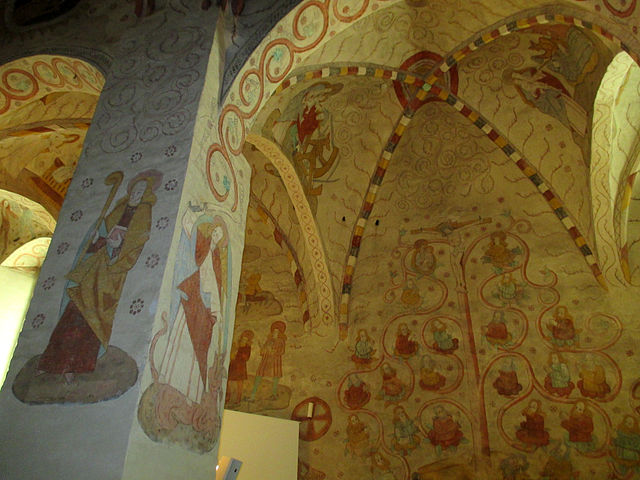Mexican muralism refers to the art project initially funded by the Mexican government in the immediate wake of the Mexican Revolution (1910-1920) to depict visions of Mexico's past, present, and future, transforming the walls of many public buildings into didactic scenes designed to reshape Mexicans' understanding of the nation's history. The murals, large artworks painted onto the walls themselves had social, political, and historical messages. Beginning in the 1920s, the muralist project was headed by a group of artists known as "The Big Three" or "The Three Greats". This group was composed of Diego Rivera, José Clemente Orozco and David Alfaro Siqueiros. Although not as prominent as the Big Three, women also created murals in Mexico. From the 1920s to the 1970s, murals with nationalistic, social and political messages were created in many public settings such as chapels, schools, government buildings, and much more. The popularity of the Mexican muralist project started a tradition which continues to this day in Mexico; a tradition that has had a significant impact in other parts of the Americas, including the United States, where it served as inspiration for the Chicano art movement.

Mural by Diego Rivera showing the pre-Columbian Aztec city of Tenochtitlán. In the Palacio Nacional in Mexico City.
Mural from Bonampak
1903 broadsheet by José Guadalupe Posada
Eagle and snake image from the Colegio San Ildefonso project by Jean Charlot.
A mural is any piece of graphic artwork that is painted or applied directly to a wall, ceiling or other permanent substrate. Mural techniques include fresco, mosaic, graffiti and marouflage.
Ceiling painting, by Jean-André Rixens. Salle des Illustres, Le Capitole, Toulouse, France
Prehistoric Egyptian mural painted on a Nekhen tomb wall c. 3,500 B.C. with aspects in the Gerzeh culture style
Jataka tales from the Ajanta Caves, present-day Maharashtra, India, 7th century CE.
Murals from the 16th century at the St. Lawrence Church of Lohja








